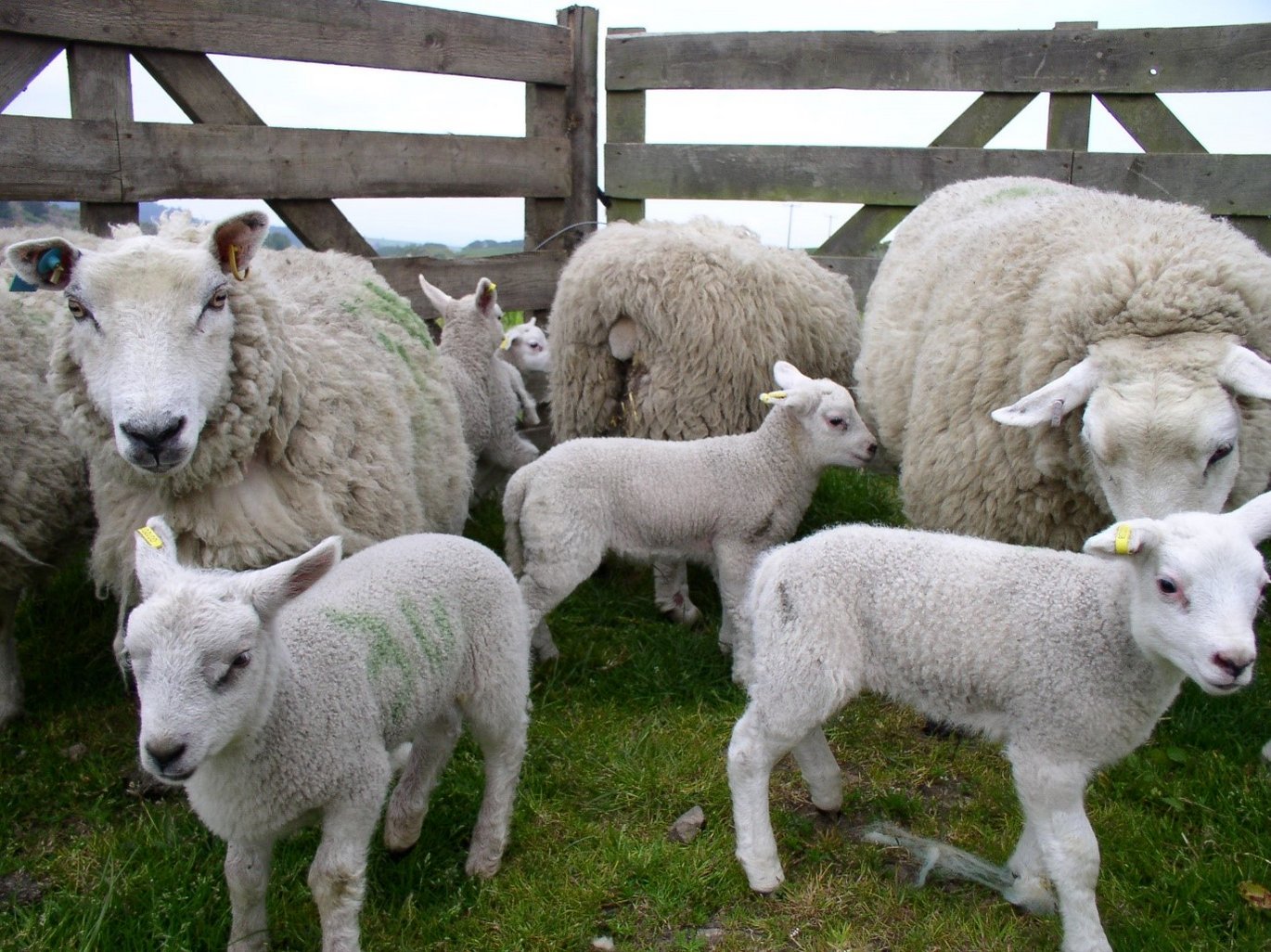Understanding the socio-economic impacts of alternative gastro-intestinal nematode (GIN) control practices in small ruminants: An interview with PrOPara task leader Simon Moakes
Parasitism is a major challenge to the health and welfare of organic livestock. The PrOPara (Tackling the parasitological challenges in organic ruminant farming practices) project evaluated available means to monitor and control endoparasites and generated information and tools that could be readily used by organic farmers to improve animal health and welfare. One of the key activities was assessing the socio-economic impacts of alternative gastro-intestinal nematode (GIN) control practices in small ruminants. I sat down with the project task leader, Simon Moakes, to discuss the project and the socio-economic assessment.

Q1. Why are these parasites a problem in organic ruminant production?
The explicit goal of organic livestock farming is to maintain living conditions that accommodate the natural behaviour and health of the animal. Parasitism is well recognized as a major challenge to the health and welfare of organic livestock. In organic small ruminant production systems, endoparasitic disease is accepted as the most important multifactorial syndrome, resulting in high negative effects on animal health, expressed by a lack of appetite, diarrhoea, anaemia and, in extreme cases, death.
These symptoms often impact the overall production level (meat and/or milk), due to poor daily weight gain and or reproductive rates; thus affecting economic returns.
Thus, organic livestock production requires husbandry conditions and methods that promote preventive health care practices through optimised nutrition, selection of appropriate breeds for resistance to diseases and access to pasture for ruminants. The conditional use of chemical allopathic veterinary drugs/pharmaceuticals is only allowed if alternative practices are inadequate. Their use is strictly regulated to minimise residues that may upset the balance of the wider ecosystem.
Q2. What did you aim to achieve with the socio-economic assessment?
A number of alternative (non-chemical) treatment or prevention strategies were tested in the project. Our work was focussed on assessing both the economic impact of implementing alternative/integrated approaches for improved parasite control, but also the farmers’ acceptance of these methods. Where acceptance could be an issue, we explored the social drivers and barriers to the adoption of alternative practices.
Q3. How did you approach this work?
We used a combined approach. First, we generated detailed economic results through a farm model, and then held focus groups in France and Scotland to improve and verify the results, as well as examine the acceptability of these alternative strategies.
A structured workshop approach was adopted to adequately address both the social and economic factors related to adoption of alternative GIN control practices by farmers. To this purpose, we adapted the Structured Decision Making (SDM) approach commonly used for decisions taking.
Q4. What are the main outcomes?
The focus groups showed that, for dairy goat systems in France, the degree of resistance to the main chemical treatments is now very high, and therefore, alternative strategies are essential. A range of options were being adopted by farmers, but the economic outcomes were not clear. The actual cost of chemical treatment is not that high, but withholding milk from sale after treatment is a significant cost. Therefore, avoiding high pasture contamination, through targeted selective treatment (TST), strategic dosing and pasture management were adopted.
In Scottish sheep systems, a range of alternatives were adopted, but targeted selective treatment and pasture management through rotation, stocking density and mixed grazing with cattle were the primary options.
Q5. Is this work relevant to conventional farmers?
Yes, and the project actually worked with some conventional farmers, as both types of farms face the same challenges of worm resistance to chemicals and low economic returns. Mixed focus groups also allowed open discussion and an opportunity to exchange ideas and views from varying perspectives
Q6. What are the next steps?
Overall, the modelling and farmer feedback showed that control of GIN needs to be farm-specific, to suit the individual characteristics of the farm as well as the beliefs of the farmer. The extension of withdrawal periods combined with resistance issues in France have led to the adoption of TST by some farmers, but others are less convinced of its efficiency. The farmers in Scotland seem to have adopted multiple strategies such as use of arable land and mixed grazing to keep GIN levels from severely affecting their profits. However, the diversity of opinions and calls by the French farmers in particular for more trials, shows further work is still needed to understand this problem and develop more effective, sustainable solutions.
Contact
Simon Moakes
Research Institute of Organic Agriculture FiBL
Ackerstrasse 113, Postfach 219
5070 Frick, Switzerland
Tel. +41 (0)62 865 72 72
simon.moakes@fibl.org
www.fibl.org